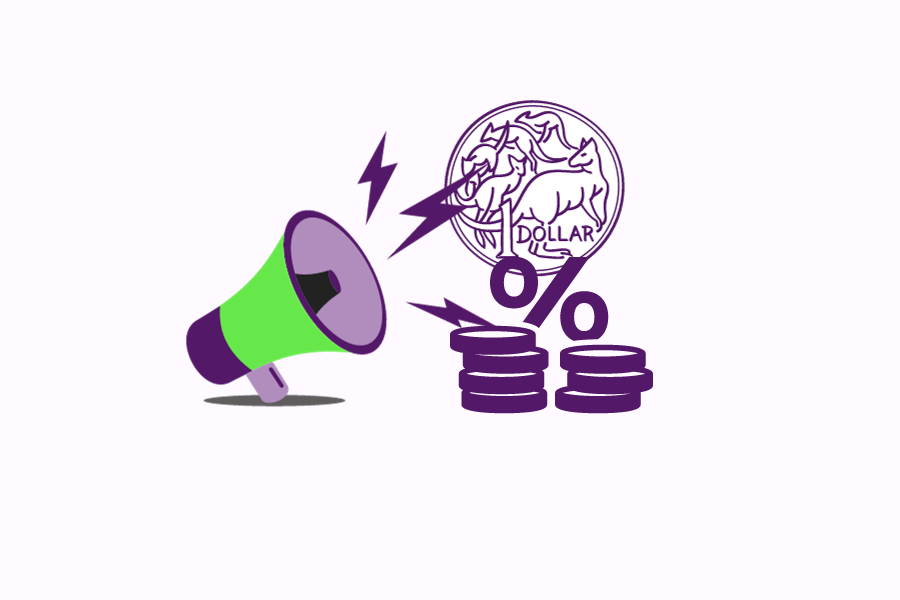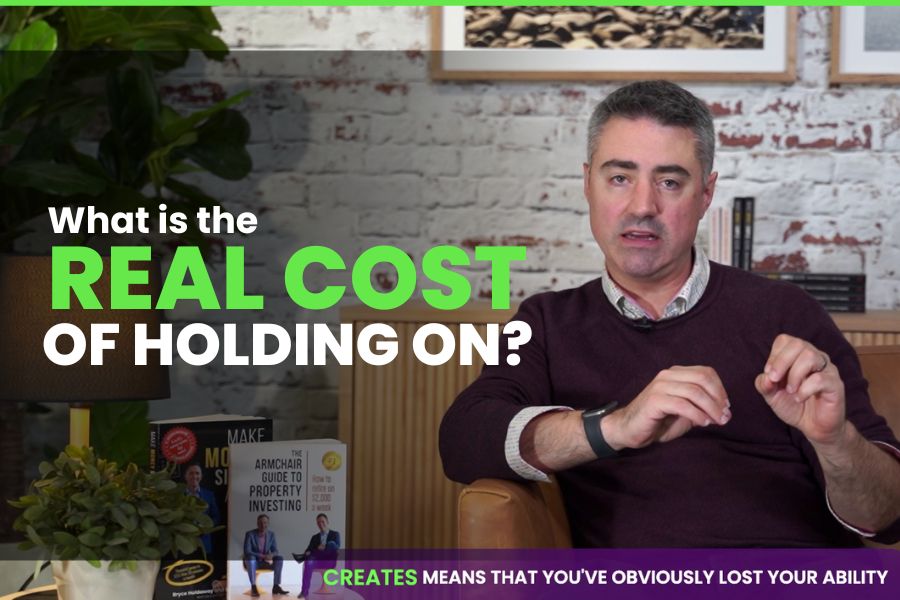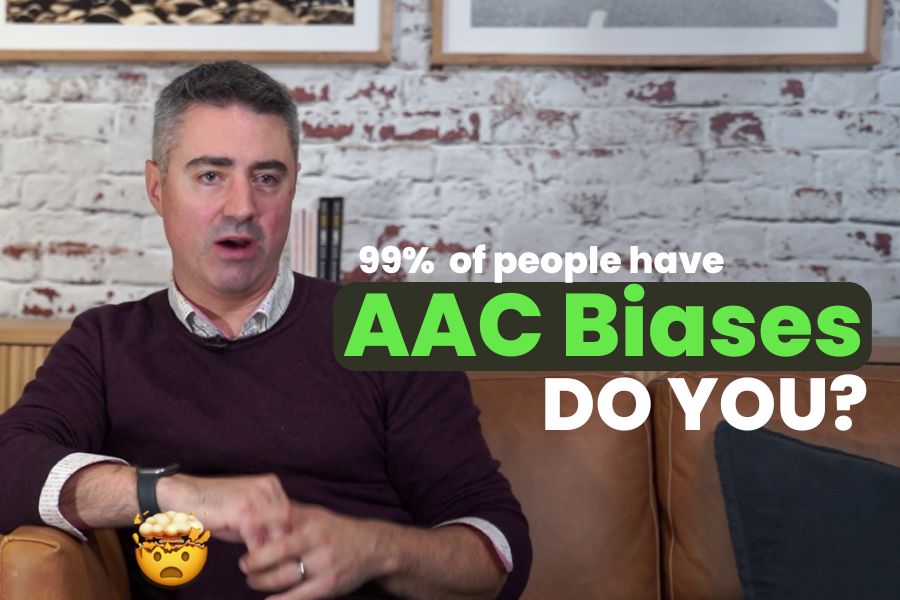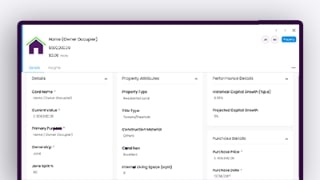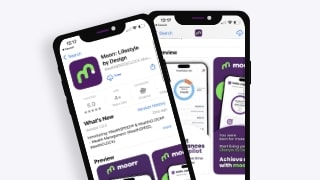Let’s talk about hyperbolic discounting. Now that term is going to mean absolutely nothing to you, and that’s fine. But I’m sure the studies that actually proved it, and then your habits that you’ve developed with it, will resonate immediately.
The original idea came from Stanford University lecturer Walter Mischel. What he did is something that everybody knows about, is the study with kids and marshmallows. Basically, the way he did it was that he offered a kid one marshmallow now, or if they could somehow manage to sit still for 15 minutes, he’d give them two. 76% of them had the now. This demand that human beings have for now is incredible.
Now, the term hyperbolic discounting wasn’t really proven until a man named Richard Hemmingstein applied it to adults, revealing their inclination towards instant gratification over delayed gratification. This tendency demonstrates a demand for immediate rewards, prioritizing the present moment and seeking the highest possible return instantly.
So what he showed is that it probably explains why we’re okay with having credit cards that charges 20%, but superannuation funds that are returning about 9% per annum.
If you look at it, that’s what hyperbolic discounting is. The shorter the time, the more the return. The longer the time, the smaller the return needs to be.
It’s also about the structure of what you ask yourself. So let me take that again in another way. How much do you think you should make per annum? And when that question’s asked and you think about it right away, I bet you the first thing that goes into your head is something in the double digit.
Now in Australia, according to some of the studies we’ve had here, the average Australian thinks they should be getting between 13 and 15% per annum. In America, it’s 20%. Now statistics tell you that’s just not going to happen. But if we ask that question in reverse and put a longer time frame on it, how much would you have liked to have made in your super over the life of it? And the return normally comes down to something more between 7% and 9% per annum when it’s asked in that direction. Because again, our minds immediately turn around to now. It’s why things that are very attractive because of their high returns have high risk and why people get caught with high risk.
So what does that also mean? And why I want to tell you all about this is that it therefore also impacts your decision making. It impacts the way that you go about deciding what to invest and when.
If you’re aware of the fact that you think that in the short term, you should be getting 20% per annum, you know full well that’s probably wrong. It doesn’t matter what asset class you look at either, property, equity, bonds, cash. None of them should be giving you that kind of stuff per annum because you shouldn’t be thinking about that sort of short term.
So for us here at MOORR, the reason we want to talk about that is that you look at it from something like your WealthCLOCK . Your WealthCLOCK is telling you about your now, but it also shows you that the longer term view is what you’re trying to get to. If you can stay with it, not be that kid that wants the marshmallow now, but can get the two marshmallows in 15 minutes time. Imagine what you can get in 15 years time or 30 years time. That’s why hyperbolic discounting is something that you should be fully aware of in your investment journey. Because if you can get on top of it and think in the long term, the absolute return is always up to you.
👉 Transform your financial future with Moorr! Access WealthCLOCK. WealthSPEED, MoneySMARTS, and more, on our all-in-one platform.
👉 Click here to download the Moorr iOS app and here for the Android app.
